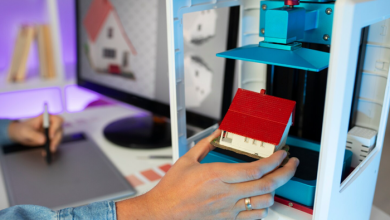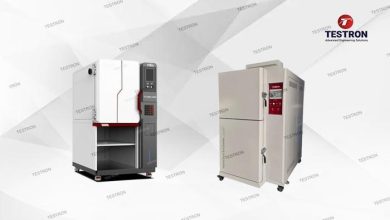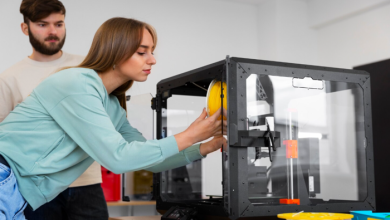
The field of precision manufacturing is undergoing a significant transformation as new technologies push the limits of accuracy, consistency, and speed. Industries that rely on precise production standards, such as aerospace, automotive, medical devices, and electronics, are increasingly adopting more advanced tools and systems to meet demand and drive innovation. These changes are reshaping how products are made and how businesses plan, scale, and stay competitive.
In this blog, you will explore the emerging technologies driving the future of Thermoplastic polyurethane precision manufacturing. By understanding these developments, you can make informed decisions about how to modernize your operations or prepare your business for the future.
Emerging Innovations In Precision Manufacturing Technologies
Several key innovations are shaping the future of precision manufacturing. These advancements aim to increase efficiency, accuracy, and adaptability across multiple industries.
- Additive Manufacturing For Complex Parts
Additive manufacturing, also known as 3D printing, enables the creation of complex geometries that traditional methods cannot achieve. This process adds material layer by layer, leading to reduced waste and shorter prototyping cycles. Manufacturers can produce small batches with greater flexibility and adjust designs quickly to match shifting requirements.
- AI-Powered Process Optimization
Artificial intelligence is being used to monitor production in real time and make immediate adjustments. AI tools can analyze massive volumes of data to detect inconsistencies, predict maintenance needs, and optimize machining parameters. This leads to higher quality control and improved efficiency across the production floor.
- Smart CNC Machining
Computer Numerical Control (CNC) systems have been a staple in manufacturing, but intelligent CNC machines now offer real-time feedback and adaptive control. These systems are capable of automatically adjusting tool paths or speeds based on material resistance or performance conditions, resulting in tighter tolerances and longer equipment life.
- Advanced Metrology Tools
Precise measurement is critical to quality assurance. New metrology tools such as laser scanners and coordinate measuring machines (CMMs) are becoming more accurate and easier to integrate into production lines. Automated inspection enables quicker verification without interrupting the workflow.
- Collaborative Robotics (Cobots)
Collaborative robots are designed to work safely alongside human workers. In precision manufacturing, cobots handle delicate tasks like small-part assembly, inspection, or packaging with a high degree of accuracy. These robots are easily reprogrammable and repositionable, making them ideal for dynamic production environments.
- Digital Twins and Simulation
Digital twin technology creates a virtual replica of the production process or product, allowing engineers to test outcomes without disrupting real operations. This helps reduce errors during the design phase and supports faster decision-making based on simulated data.
- Sustainable Precision Processes
Sustainability is becoming a key driver of innovation. New manufacturing methods focus on energy efficiency, material recycling, and process optimization. Companies that adopt these practices position themselves for long-term resilience while meeting environmental goals.
Prepare For The Next Era In Manufacturing With Precision Technologies
Precision manufacturing technologies are evolving toward smarter, leaner, and more adaptive systems, such as the Polyurethane Mix Metering Machine. As these advancements continue, companies must be ready to invest in the tools, training, and infrastructure needed to support them. Staying informed and proactive enables businesses to transition with minimal disruption and capitalize on new production capabilities.
Industry leaders should focus on aligning their long-term goals with the capabilities of emerging technologies. Pilot programs, cross-functional training, and strategic partnerships can all support this transition. Staying competitive in the future of precision manufacturing requires a combination of innovation, planning, and continuous learning.




